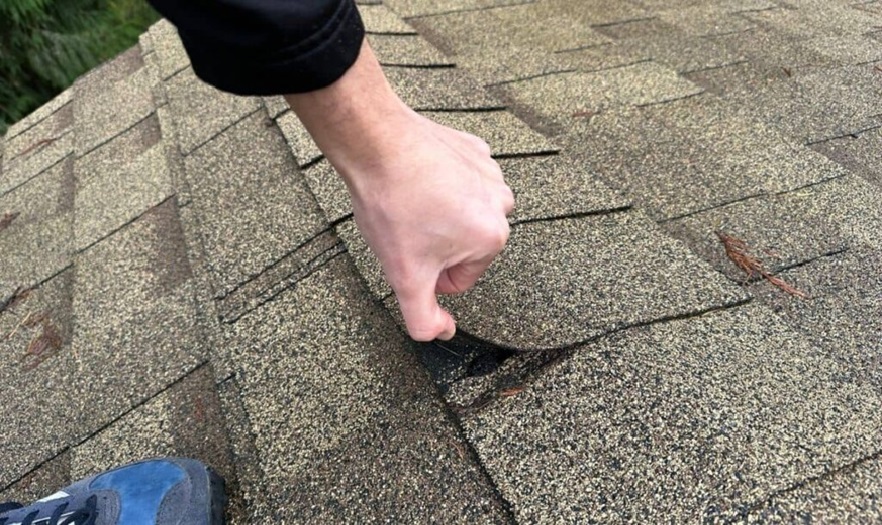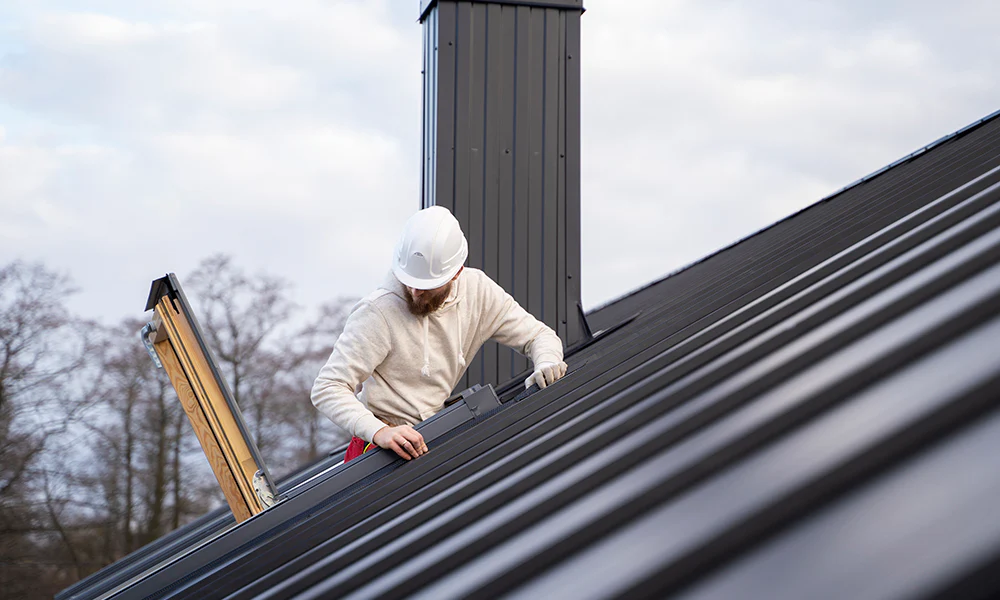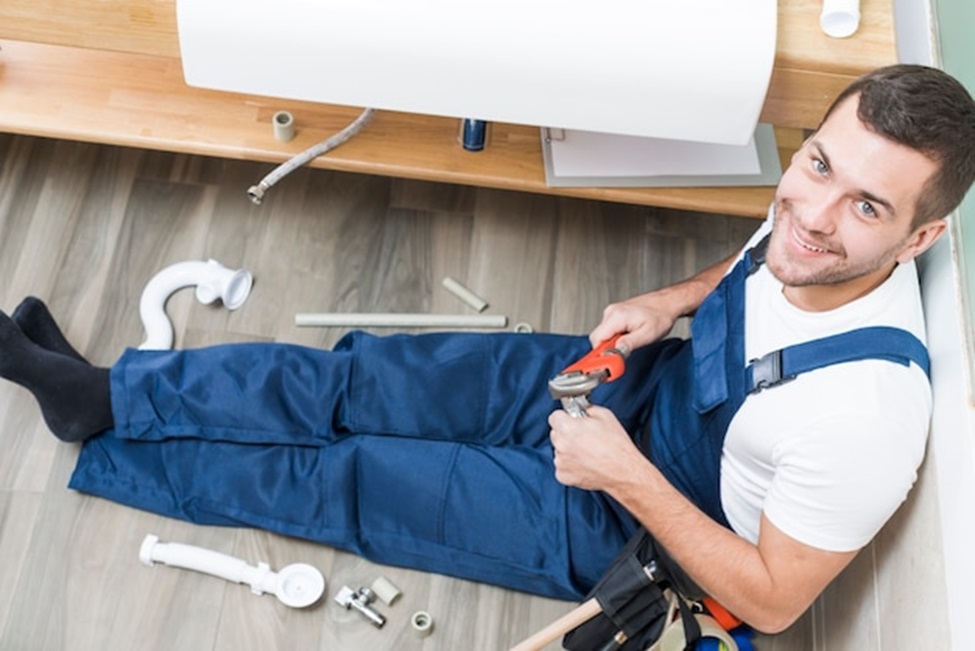When it comes to home improvement, choosing the right windows is a critical decision. Not only do windows play a vital role in your home’s appearance, but they also affect energy efficiency, comfort, and even your home’s overall value. Among the many options available, vinyl windows stand out as one of the most popular choices for homeowners. But before making a purchase, it’s important to understand what sets vinyl windows apart and whether they’re the right fit for your needs.
This comprehensive guide will walk you through everything you need to know about vinyl windows—from their benefits and drawbacks to what to look for when buying and how to properly maintain them.
What Are Vinyl Windows?
Vinyl windows are made from polyvinyl chloride (PVC), a durable, weather-resistant material. Introduced in the 1970s as an alternative to wood and aluminum windows, they have since become a top choice due to their affordability, energy efficiency, and low maintenance. Unlike wood, vinyl does not require painting or staining, and it won’t rot, warp, or fade over time. These windows are available in a variety of styles and colors, making it easier to find an option that complements your home’s aesthetic.
Benefits of Vinyl Windows
1. Energy Efficiency
One of the primary reasons homeowners choose vinyl windows is their excellent energy efficiency. Vinyl frames have insulating properties that help keep your home warmer in the winter and cooler in the summer. This can lead to significant savings on your energy bills, especially if you live in an area with extreme weather conditions. The multi-chambered construction of vinyl windows reduces heat transfer, helping maintain comfortable indoor temperatures year-round.
2. Low Maintenance
Unlike wood windows that need regular sanding, painting, and staining, vinyl windows require very little upkeep. A simple cleaning with soap and water will keep them looking good as new for years. Additionally, vinyl is resistant to rust, corrosion, and damage from UV rays, making it ideal for homeowners looking for a long-lasting, low-maintenance option.
3. Durability
Vinyl is incredibly durable and can withstand harsh weather conditions, including high winds, rain, and even snow. It does not warp, crack, or peel over time, which makes it a reliable choice for those seeking longevity in their home improvement investments.
4. Affordability
Vinyl windows are generally more affordable than wood or aluminum options, making them an attractive choice for budget-conscious homeowners. Their cost-effectiveness doesn’t come at the expense of quality or performance, which is one reason they have remained so popular over the years.
5. Versatility
Available in a wide range of styles, including double-hung, sliding, casement, and more, vinyl windows offer a high level of customization. Homeowners can select from a variety of colors and finishes to match their home’s architecture and personal style. Additionally, custom windows can be made to fit unique spaces or design needs.
Drawbacks of Vinyl Windows
While vinyl windows have many advantages, they have their downsides. It’s important to consider both the pros and cons before making your decision.
1. Limited Color Options
Though vinyl windows come in a range of colors, wood windows are as mulessety as within windows, which can be painted or stained in virtually any shade. Additionally, while some vinyl windows come in darker colors, not all manufacturers offer these options, and dark vinyl can fade or become discolored over time if exposed to excessive sunlight.
2. Non-Repairable
Unlike wood, which can be sanded and repainted if damaged, vinyl windows cannot be repaired. If the frame becomes cracked or damaged, the entire window unit will likely need to be replaced. While this is rare due to the material’s durability, it is something to keep in mind.
3. Expansion and Contraction
Vinyl tends to expand and contract with temperature changes, which can sometimes cause seal failures over time. This is particularly a concern in areas with extreme temperature fluctuations. However, many manufacturers have addressed this issue with reinforced frames and high-quality seals, so be sure to choose a reputable brand.
What to Look for When Buying Vinyl Windows
When shopping for vinyl windows, several key factors must be considered to ensure the best choice for your home.
- Energy Efficiency Ratings
Look for vinyl windows that are ENERGY STAR® certified, which means they meet strict energy-efficiency guidelines set by the U.S. Environmental Protection Agency (EPA). Pay attention to the window’s U-factor (which measures how well the window insulates) and the Solar Heat Gain Coefficient (SHGC), which measures how much heat the window lets in. The lower the U-factor and SHGC, the more energy-efficient the window.
- Quality of the Vinyl
Not all vinyl is created equal. High-quality vinyl should be thick, durable, and resistant to UV damage. Ask about the window’s warranty and how well the material holds up over time. Lower-grade vinyl may be prone to warping or yellowing, especially when exposed to intense sunlight.
- Window Styles and Features
Vinyl windows come in a wide range of styles, from classic double-hung windows to modern casement or sliding windows. Think about your home’s architectural style and choose windows that complement it. Additionally, consider features like double—or triple-pane glass for enhanced insulation and tilt-in sashes for easy cleaning.
- Installation
Even the highest-quality vinyl windows will not perform well if they are not installed properly. It’s crucial to hire a professional who specializes in window installation. Improper installation can lead to air leaks, drafts, and other issues that negate the energy-saving benefits of your new windows. Make sure to choose an installer with good reviews and proper certifications.
How Vinyl Windows Compare to Other Materials
When deciding whether vinyl windows are right for your home, it’s helpful to compare them to other common window materials: wood, aluminum, and fiberglass.
Vinyl vs. Wood
Wood windows are known for their natural beauty and classic appeal. They can be painted or stained in a variety of colors, which offers more customization options than vinyl. However, wood requires significantly more maintenance, including regular painting or staining to prevent rot and deterioration. Wood windows are also more expensive than vinyl, and while they offer good insulation, they are less energy-efficient than modern vinyl options.
Vinyl vs. Aluminum
Aluminum windows are lightweight and strong, making them a good choice for large window openings. However, aluminum is a poor insulator and tends to conduct heat, which can lead to higher energy bills. Aluminum windows also tend to rust over time, especially in humid or coastal climates. Vinyl windows, on the other hand, offer better insulation and are more resistant to the elements.
Vinyl vs. Fiberglass
Fiberglass windows are often considered the premium option due to their durability, strength, and energy efficiency. They are more stable than vinyl in extreme temperature fluctuations and offer a similar low-maintenance experience. However, fiberglass windows are also more expensive, often costing up to 30% more than vinyl windows. For homeowners on a budget, vinyl offers many of the same benefits at a lower price point.
Vinyl Windows and Energy Efficiency
When it comes to energy efficiency, vinyl windows are one of the top choices on the market. The multi-chambered frames provide excellent insulation, and many vinyl windows come with double- or triple-pane glass filled with argon gas for added thermal protection. The best vinyl windows are also designed with Low-E (low-emissivity) coatings, which help reflect heat and UV rays, keeping your home cooler in the summer and warmer in the winter.
How Vinyl Windows Can Reduce Energy Costs
Investing in energy-efficient vinyl windows can lead to significant savings on your energy bills. According to the U.S. Department of Energy, replacing single-pane windows with ENERGY-rated vinyl windows can save homeowners between $126 and $465 per year, depending on the climate. Over time, these savings can more than offset the initial cost of the windows.
How to Maintain Vinyl Windows
One of the biggest benefits of vinyl windows is how easy they are to maintain. Here are a few simple steps to keep your windows looking and functioning like new:
- Clean regularly: Use mild soap and water to clean the frames and glass. Avoid abrasive cleaners, as they can damage the finish.
- Inspect for damage: Check your windows periodically for any cracks, seal failures, or other signs of wear. While vinyl is highly durable, it’s always a good idea to catch any potential issues early.
- Lubricate moving parts: If your windows have moving parts, like sliding tracks or cranks, keep them lubricated to ensure smooth operation.
By following these simple steps, you can extend the lifespan of your vinyl windows and maintain their performance.
Final Thoughts
Vinyl windows offer a perfect combination of affordability, energy efficiency, and durability. Whether you’re upgrading your home’s existing windows or building a new house, vinyl is a fantastic option for most homeowners. With low maintenance requirements and excellent insulating properties, they make for a smart investment in your home’s comfort and value.
However, it’s essential to weigh the pros and cons, compare them to other materials, and ensure proper window installation for optimal performance. With so many styles and features available, you’re you’re sure to find vinyl windows that fit both your aesthetic preferences and functional needs.




